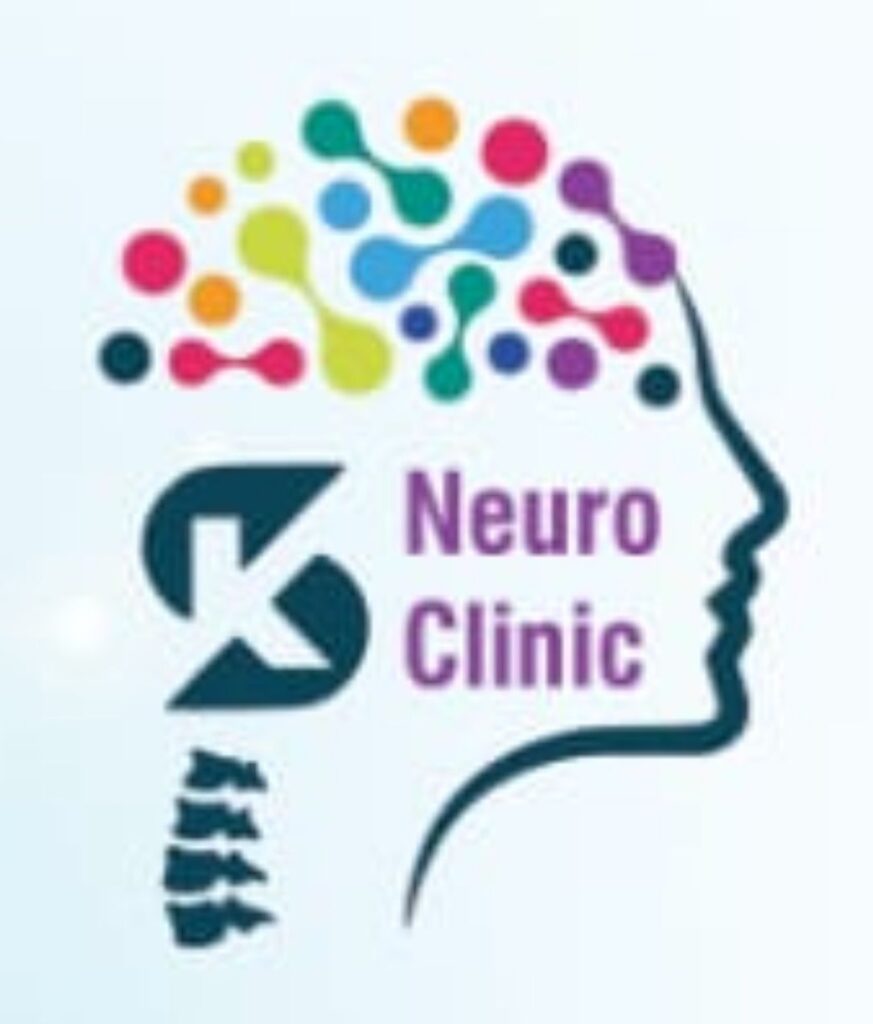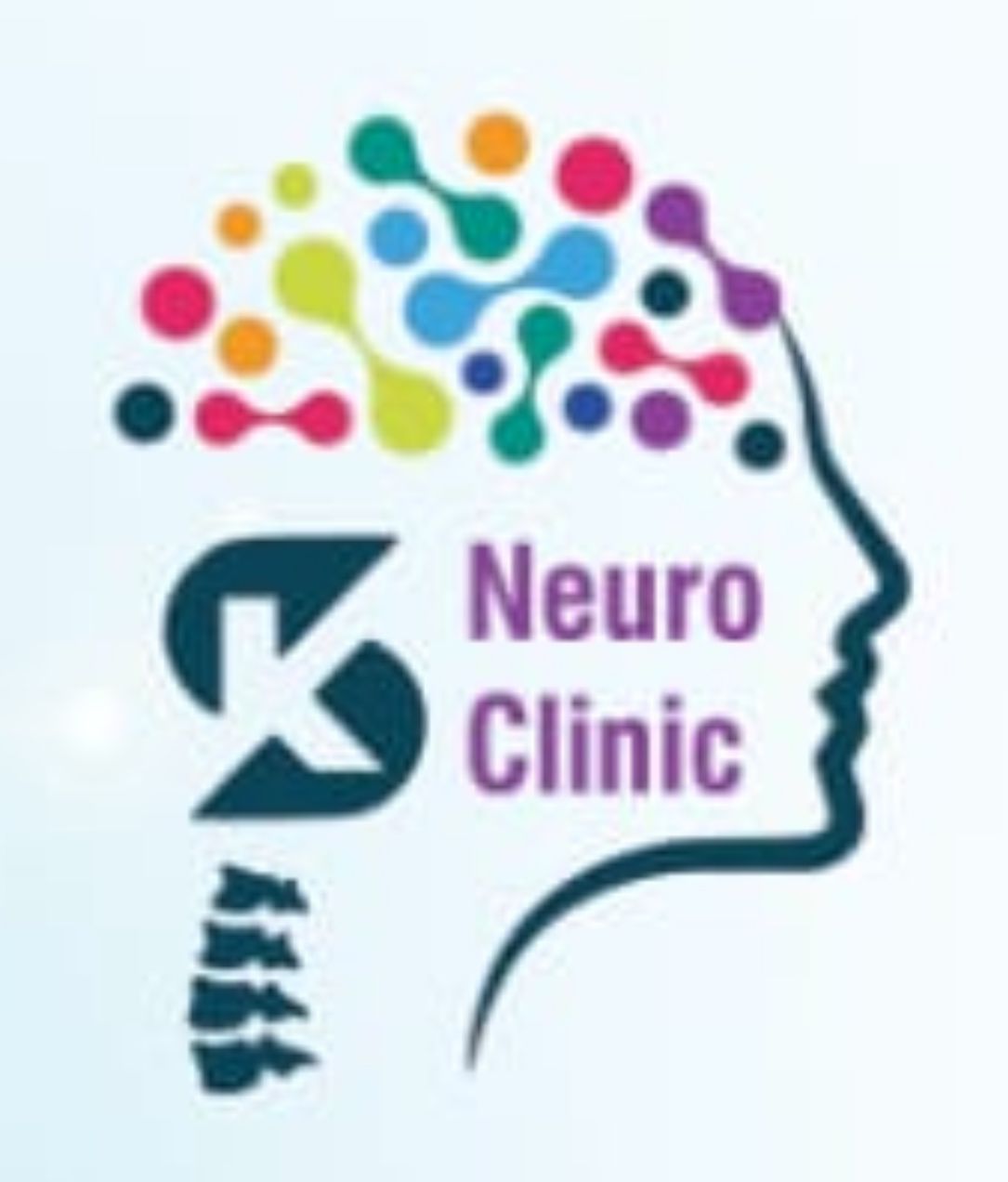Hydrocephalus is a condition with noticeable symptoms that affect lives significantly. Imagine excess fluid in the brain causing pressure. This pressure can lead to headaches, difficulty walking, and even cognitive challenges. These signs demand attention and awareness among us all.
Raising awareness is key. Many don’t know about hydrocephalus or its profound effect on everyday life. By sharing knowledge, we can support early diagnosis and improve outcomes. Awareness helps individuals recognize symptoms sooner and seek necessary treatments.
Understanding Hydrocephalus: Symptoms and Causes
Hydrocephalus means there’s a buildup of fluid in the brain. This condition leads to swelling, as the body fails to drain brain fluid efficiently. Common signs include headaches and changes in vision. People might also feel nauseous or have trouble remembering things or maintaining balance.
Understanding its causes provides clarity. Hydrocephalus can result from genetic disorders or occur after infections. Head injuries may also be culprits. Recognizing these causes is crucial for timely intervention. It’s vital to recognize symptoms early for effective care and treatment.
Diagnosing Hydrocephalus: Processes and Challenges
Diagnosing hydrocephalus involves tests like MRI or CT scans. Imaging tests help specialists see the severity of fluid buildup. Sometimes, symptoms are elusive, making diagnosis tricky. This is especially true for infants, who can’t express discomfort clearly, and the elderly, whose symptoms like confusion could be mistaken for aging effects.
Quick diagnosis is critical. Early recognition ensures access to appropriate treatments. By catching signs early, doctors can offer better management strategies. Overcoming recognition challenges leads to improved outcomes for those affected.
Hydrocephalus Treatment Options: Medical and Surgical Interventions
When hydrocephalus is diagnosed, there are several treatment options. Shunt systems are common; these are tiny tubes that help drain excess fluid to another part of the body where it can be absorbed. There’s also ETV, or Endoscopic Third Ventriculostomy, where a small hole is made in the brain to allow fluid to flow more freely.
Every method has its pros and cons. Shunts, while effective, may require regular maintenance. ETV might not be suitable for every patient. Doctors consider age, overall health, and specific needs before deciding on the right track. The goal is to find the best solution for lasting relief.
Long-term Management and Care for Hydrocephalus Patients
Living with hydrocephalus involves ongoing management. It’s not just about surgeries; it’s about maintaining a balanced lifestyle. Regular check-ups with specialists can help monitor any changes in condition. Staying active and hydrated is essential.
For caregivers, providing support daily is crucial. Encourage your loved ones to follow doctors’ advice and uphold a positive outlook. Address any new symptoms promptly. Support groups offer added emotional solace. They connect people facing similar challenges, fostering community.
Technological Advancements in Hydrocephalus Treatment
Innovations are reshaping how we manage hydrocephalus. Programmable shunts offer customizable fluid drainage. This allows for precision in treatment and can reduce complications. Ongoing research holds promise for future therapies.
There’s hope on the horizon. Researchers are seeking better methods for managing this complex condition, including genetic insights that could enhance treatment outcomes. As technology evolves, the potential for improved quality of life grows, showing bright possibilities ahead.
The Importance of Early Detection and Intervention
Spotting hydrocephalus early secures better outcomes. The sooner it’s diagnosed, the quicker interventions can begin. This proactive approach improves long-term prognoses and prepares individuals for effective management.
Public health advice focuses on early screening. Prompt medical consultation is recommended when symptoms arise. Together, these steps can enhance life quality and reduce complications associated with delayed treatment.
Take Action Early for Better Outcomes
Spotting hydrocephalus early is key to effective treatment. Early diagnosis and prompt intervention can significantly improve long-term health.
Don’t wait! Contact our Neuro and Spine Clinic today for a comprehensive evaluation and personalized care plan. Your health matters—let’s work together for a better future!



